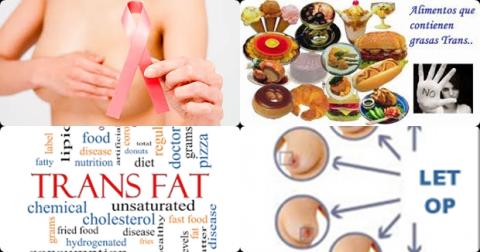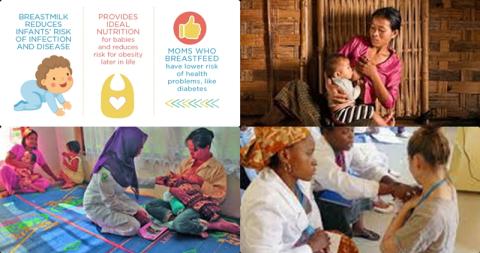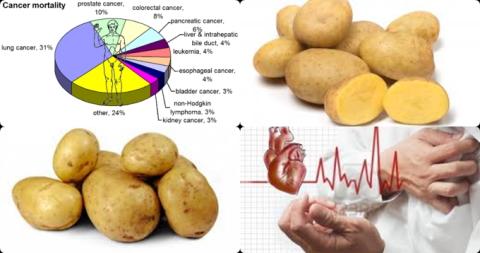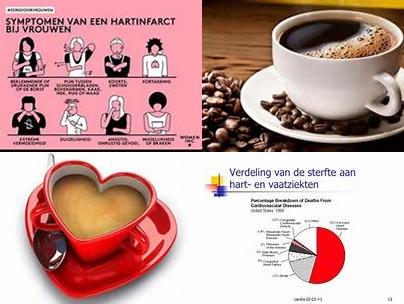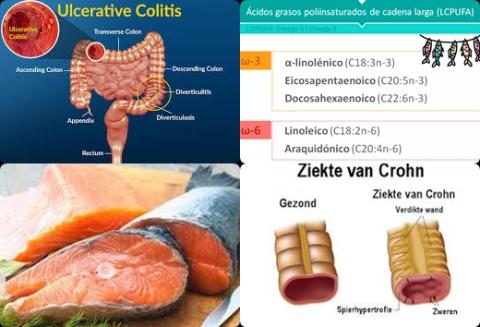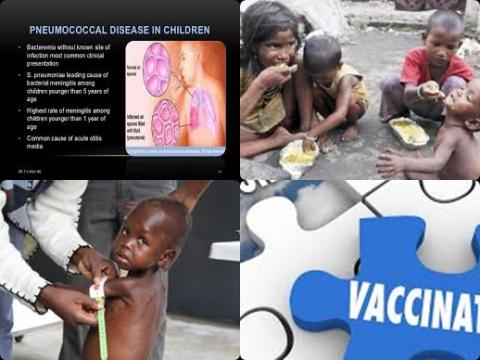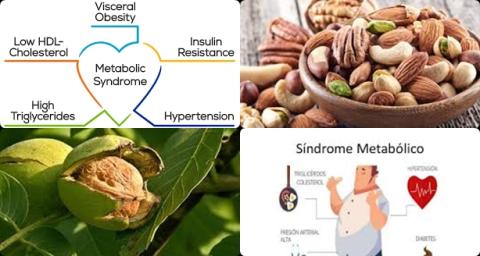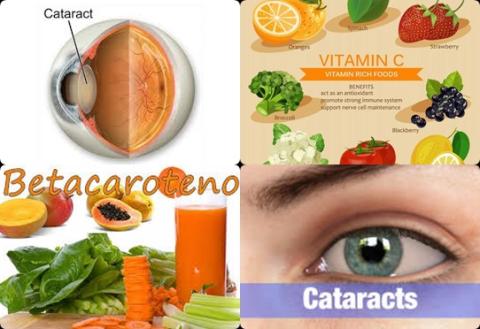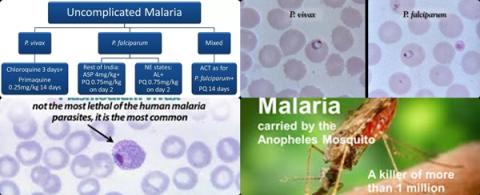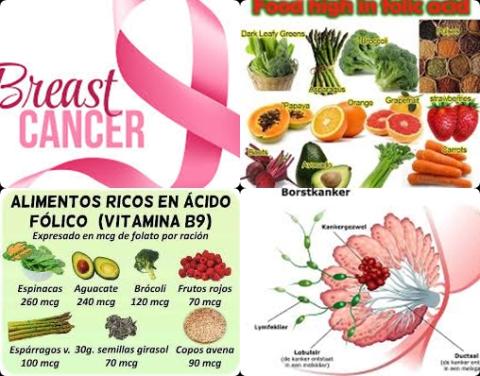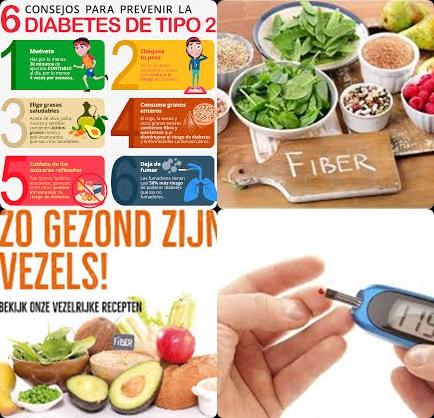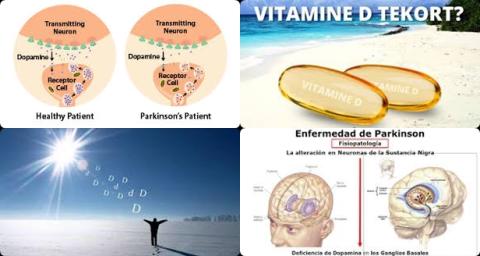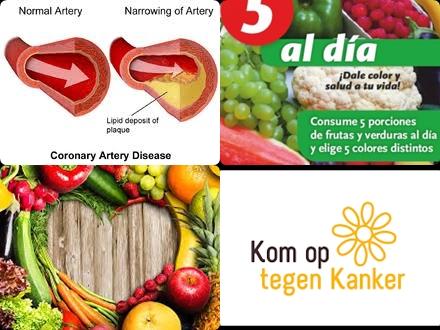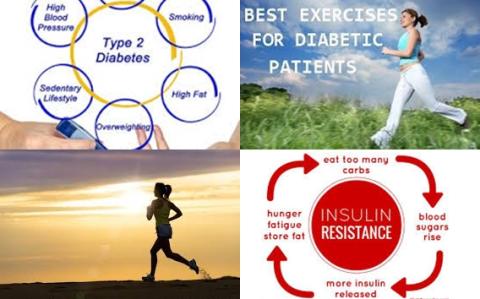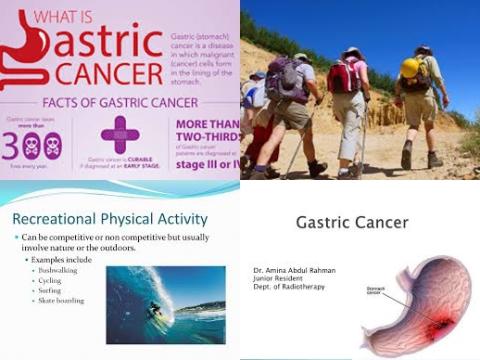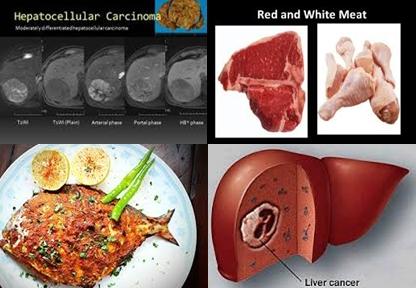3 mg creatine/kg/day for 14 days improve anaerobic performance in soccer players
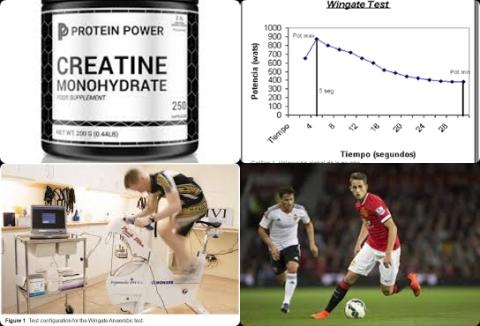
Objectives:
Studies have shown that creatine supplementation increases intramuscular creatine concentrations, favoring the energy system of phosphagens, which may help explain the observed improvements in high-intensity exercise performance. However, research on physical performance in soccer has shown controversial results, in part because the energy system used is not taken into account. Therefore, this review article (meta-analysis) has been conducted.
Does creatine supplementation improve physical performance in soccer players?
Study design:
This review article included 9 RCTs with a total sample of 168 soccer players (118 males, 50 females) with an average age of 20.3 ± 2.0 years (from 15 to 30 years, as an average for the experimental sample).
The meta-analysis was performed using the random effects model and pooled standardized mean differences (SMD) (Hedges's g).
Results and conclusions:
The investigators found that creatine supplementation did not present beneficial effects on aerobic performance tests [SMD = -0.05, 95% CI = -0.37 to 0.28, p = 0.78] and phosphagen metabolism performance tests (strength, single jump, single sprint and agility tests: SMD = 0.21, 95% CI = -0.03 to 0.45, p = 0.08].
The investigators found, however, creatine supplementation showed beneficial effects on anaerobic performance tests [SMD = 1.23, 95% CI = 0.55 to 1.91, p 0.001].
Concretely, creatine supplementation demonstrated a large and significant effect on Wingate test performance [SMD = 2.26, 95% CI = 1.40 to 3.11, p 0.001].
The investigators concluded creatine supplementation with a loading dose of 20-30 g/day, divided 3-4 times per day, ingested for 6 to 7 days and followed by 5 g/day for 9 weeks or with a low dose of 3 mg/kg/day for 14 days presents positive effects on improving physical performance tests related to anaerobic metabolism, especially anaerobic power, in soccer players.
Original title:
Effects of Creatine Supplementation on Athletic Performance in Soccer Players: A Systematic Review and Meta-Analysis by Mielgo-Ayuso J, Calleja-Gonzalez J, […], Fernández-Lázaro D.
Link:
https://www.mdpi.com/2072-6643/11/4/757/htm
Additional information of El Mondo:
Find here more information/studies about sport nutrition and creatine.

